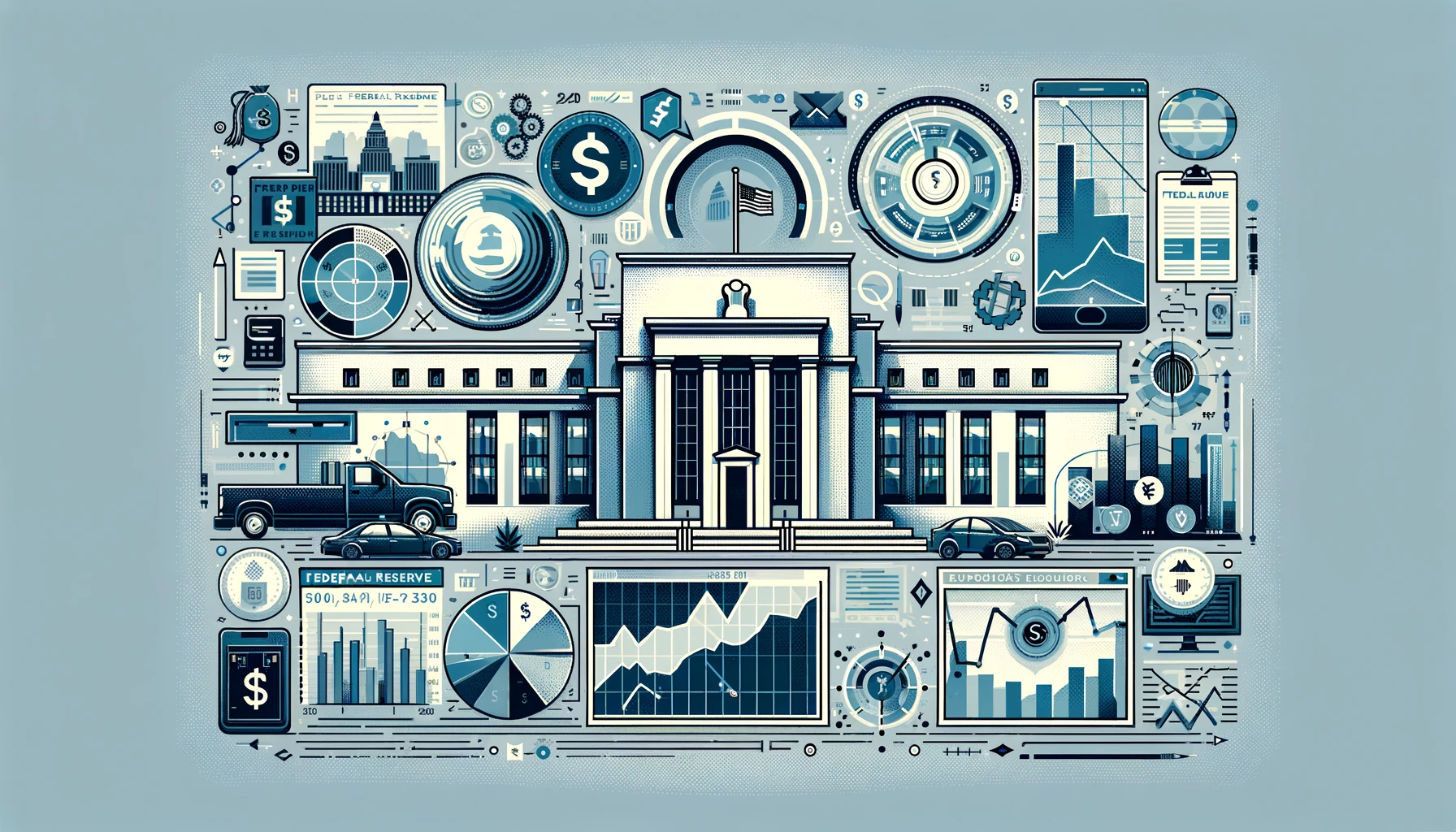The upcoming Eurozone Consumer Price Index (CPI) 0900GMT report is set to be a critical factor in determining the European Central Bank’s (ECB) monetary policy direction. With internal divisions within the ECB and ongoing political uncertainties, the data will play a pivotal role in shaping future rate decisions. This preview explores the key points of contention among ECB members and outlines possible scenarios based on the forthcoming inflation figures.
Key Points: Three weeks after the ECB’s initial rate cut, the landscape remains contentious. Normally, such meetings would be harmonious, but this time, there’s significant disagreement. The June 6 ECB gathering highlighted that further rate cuts hinge on robust disinflation evidence, a sentiment echoed by ECB hawks who reluctantly supported the last rate move. The minutes from this meeting, due on Thursday, may shed more light on the internal frictions.
The hawks’ stance has made the threshold for another rate cut much higher. They demand clear signs of slowing inflation, particularly in services, and are likely to block any rate cut discussions until September when new ECB staff projections are available. This makes a dovish outcome from the July meeting unlikely. Conversely, the doves continue to push for monetary easing, with some members suggesting three rate cuts in 2024. The upcoming ECB forum in Sintra, Portugal, could be a platform for reconciling these differences.
The upcoming CPI report is crucial. Germany’s preliminary figures on Monday will precede the Eurozone aggregate figures on Tuesday. Final PMI surveys during the week might show an upward revision for Germany, but not for France, where the economy remains subdued ahead of parliamentary elections. Market expectations are for the headline and core inflation rates to ease to 2.5% and 2.8% year-on-year, respectively. Preliminary data from France, Italy, and Spain suggest a slight chance of an upside surprise. However, ECB doves, led by Chief Economist Philip Lane, are likely to downplay the importance of monthly fluctuations, especially if deemed noisy.
The euro remains under pressure due to persistent political risks and robust US economic data, which delay expectations of a Fed rate cut. The outcome of the French elections may influence sentiment, but the inflation report will be the primary market driver.
Scenarios for Different CPI Results:
- Soft Inflation Report: If the CPI figures align with or fall below market expectations (2.5% headline and 2.8% core), the ECB hawks are expected to hold their ground, resisting further rate cuts until stronger disinflation evidence emerges. This would likely keep the euro under pressure, potentially testing support levels around 1.0600 against the US dollar.
- Strong Inflation Report: Should the CPI figures exceed expectations, signaling persistent inflation, the ECB hawks would likely be emboldened, delaying any further rate cuts. This could strengthen the euro, pushing it towards the 1.0735 level and possibly higher, depending on the magnitude of the inflation surprise.
- Mixed Inflation Report: If the headline inflation eases but core inflation remains sticky, the ECB may adopt a cautious approach, maintaining current rates while awaiting more comprehensive data. Market reactions might be muted, with the euro experiencing limited movement until clearer signals emerge from subsequent economic indicators.
In conclusion, the June CPI report is set to be a decisive factor in the ECB’s policy trajectory. Amidst internal disagreements and external political risks, the ECB’s path forward will require careful consideration of the inflation data and broader economic context. Market participants will be closely watching the data and ECB communications to gauge the likelihood of further rate cuts and their potential impact on the euro and financial markets.





